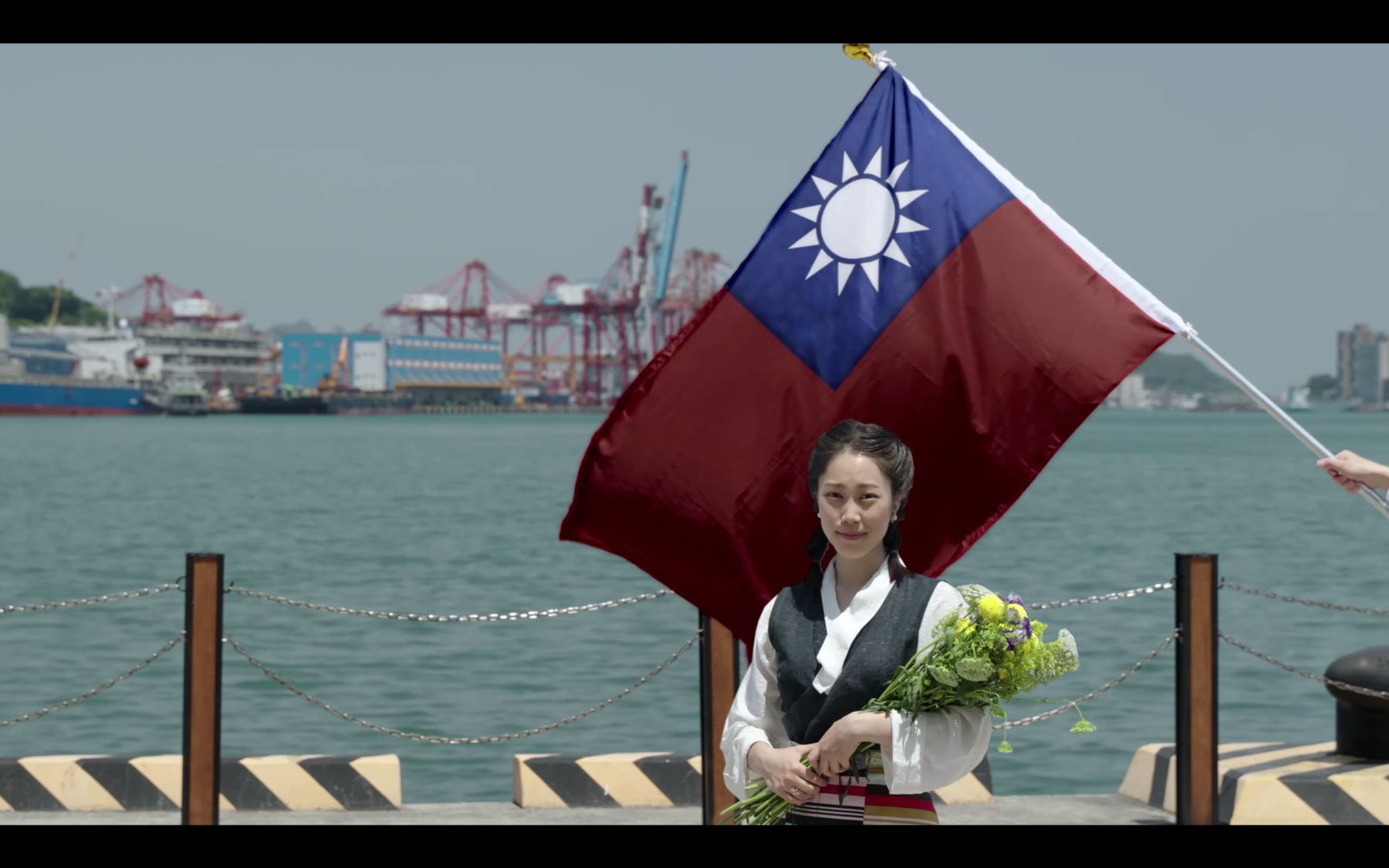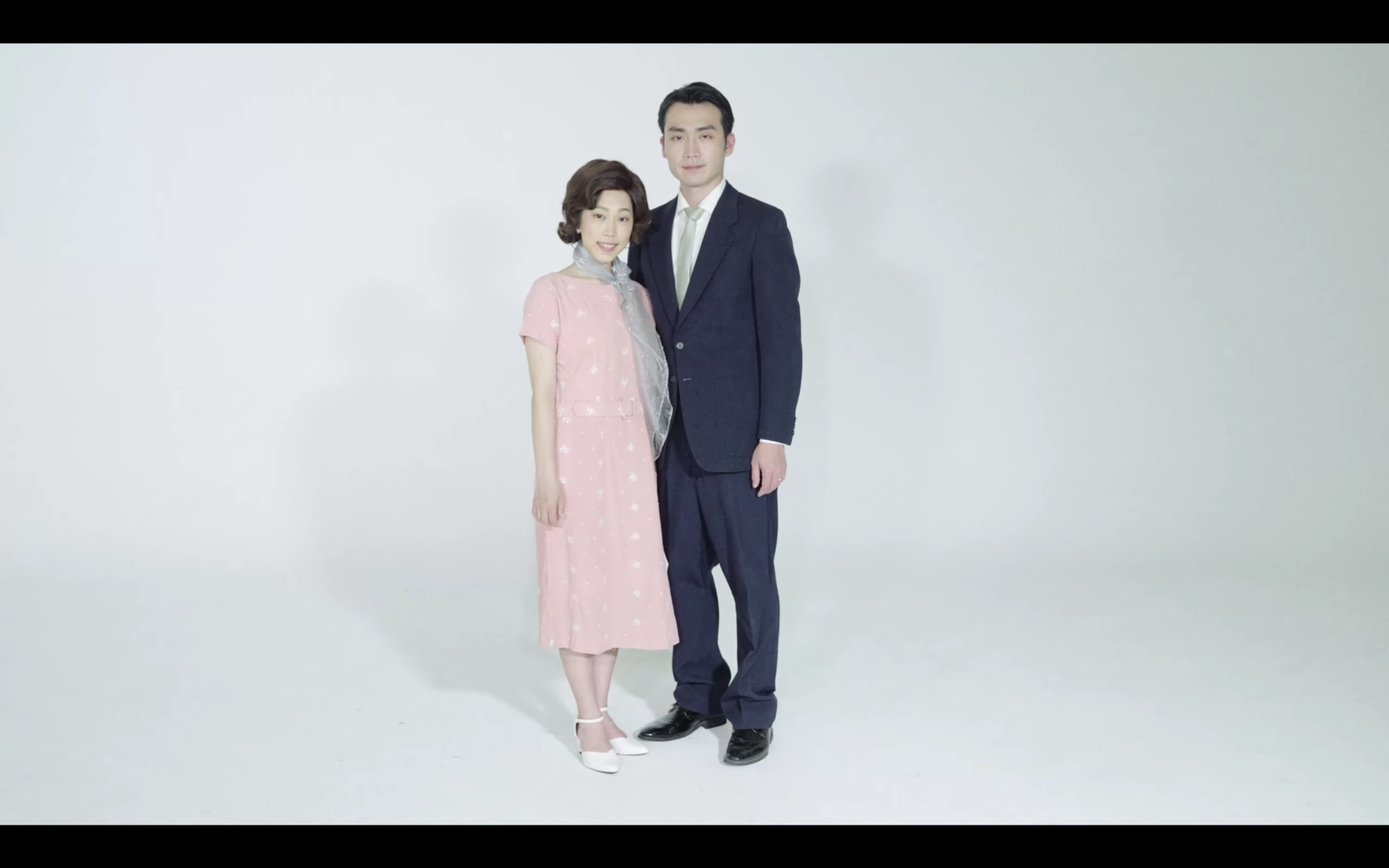Staging/Restaging History: LI Kuei-Pi’s Clement Town
Taking inspiration and its name from a small town near Dehradun—built with the financial support of the Taiwanese government during the 1960s and 1970s—LI Kuei-Pi’s Clement Town (2023) speculates on the microhistory of Taiwanese and Tibetan relations within the context of the Cold War. At that time, Taiwan as “Free China” participated and spearheaded a range of intelligence and military operations to curb the rise of Chinese communism in South Asia. Operating in the shadow areas of the borderlands of India, Nepal, Tibet and China, they sought to establish guerrilla forces as well as create settlements and schools for people from these areas. They were then brought to Taiwan and trained to blend in with the language and Chinese culture so as to infiltrate China. Documentation of the operation includes historical reports and photographs. Yet, many of these photographs were actually of villagers living on the borders of Nepal and China who had been hired to dress up as refugees or combatants, revealing the fraught situation of Tibet and Taiwan’s integration into China even as they were caught between competing powers. The short film, which is being screened as part of the 12th Dharamshala International Film Festival, poses compelling questions about the nature of lives framed by such larger political narratives.

Clement Town takes as its point of entry a series of such staged photographs that were discovered in a newspaper archive. LI intervenes in these archives by recreating the photographs through dance, performance, music and the play between still and moving images. The film often displays the moments leading up to the actual photograph, before freezing the tableau in time. This speculative imagination extends the time of the photograph to reveal its constructed nature. The photographs become events in themselves, of which fragmentary traces remain in the archive and therefore allude to only part of the story. The artist questions the indexical nature of such “documentary” photographs found in archives. Each photographic restaging foregrounds the selectiveness of the frame in time and space. The bodies are posed, often with staged smiles and cultural symbols, belying the anxiety and pathos that precede them. It is also interesting to note the different kinds of photographs being referenced. For instance, a conjugal photograph shot in a studio reimagines the couple’s relationship through a stylised dance sequence reminiscent of the aesthetics of a modern-day music video. Another set of images that are re-enacted reference group photos of refugees taken at Keelung Harbour in Taiwan. Restaged at the same location in the present, LI emphasises the manner in which even the cultural cues we read in a photograph can be manufactured, as clothes become costumes to be worn as an indication of identities being performed.

The film is constructed from several such vignettes. Though the common threads of oral histories and research tie these together, the film may feel a bit disparate. For instance, the final sequence in the film consists of drone shots over the sea as a song plays. While this leads one to reflect on the anonymous, unnamed people in the staged photographs and forms of post memory, it marks a disjuncture from the rest of the film as it moves from portraits into a slightly more abstract realm of the landscape. The artist’s website states that this work has also been exhibited in the form of a site-specific three-channel video. Such a format would perhaps engender a different experience of the narrative, which might suit the audience’s expectations of structure better. However, one could also think of it in terms of multiple readings of photographs that exist simultaneously.
.png)
LI has used performance and dance in her previous short films such as Diamond Dream (2019), which comments on similar politics of settler colonies and cultural legacies in neo-colonial Cambodia. Both the works reflect skilful juxtapositions. Clement Town succeeds in critically foregrounding the performative nature of the photograph through the performances in the film. Yet this also complicates the relationship between the two mediums, as the stillness we associate with photography and the movement we associate with film become infused in interesting ways. In the moment after the photograph is taken, the people are presented as still or unmoving—almost like statues—while the background around them continues to be affected by the passage of time. There is a strange convergence of time and space in these hybrid film-photographs that demand introspection and reflection on the lives of those on the margins and the lives lived beyond the space/time of the photograph. LI’s work offers a fascinating illustration of attempting to read the archive against the grain.

To learn more about ASAP | art’s special coverage of the films being screened as a part of DIFF 2023, read Santasil Mallik’s essay on Rapture (2023) by Dominic Sangma, Ankan Kazi’s piece on Which Colour? (2023) by Shahrukhkhan Chavada and Annalisa Mansukhani’s review of Bawa’s Garden (2022) by Clara Kroft Isono.
All images from Clement Town (2023) by LI Kuei-Pi. Images courtesy of the director and the Dharamshala International Film Festival.




